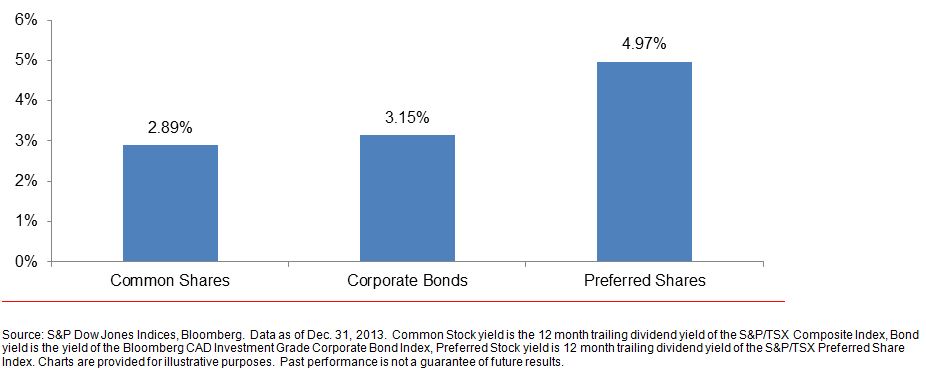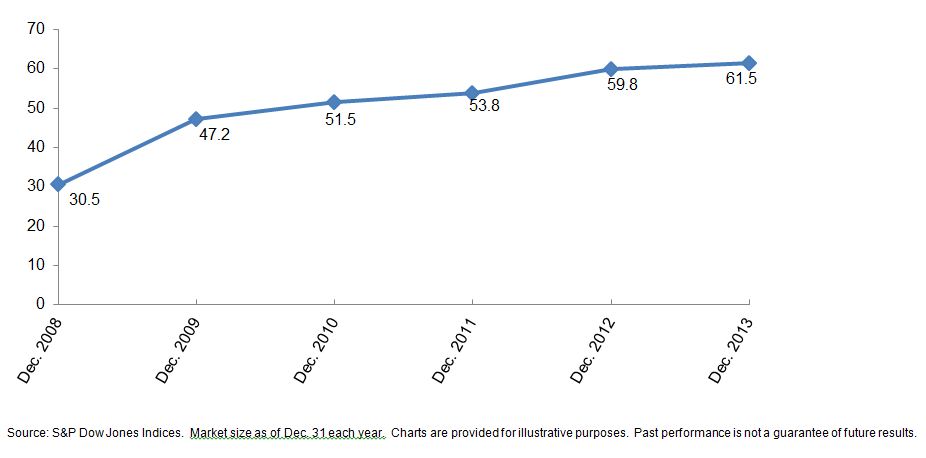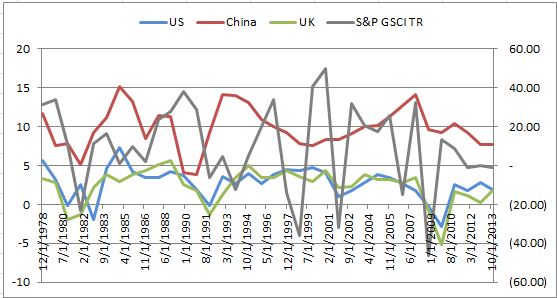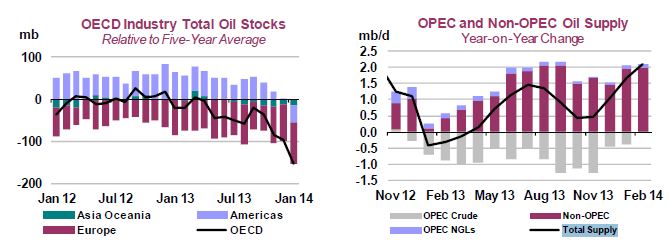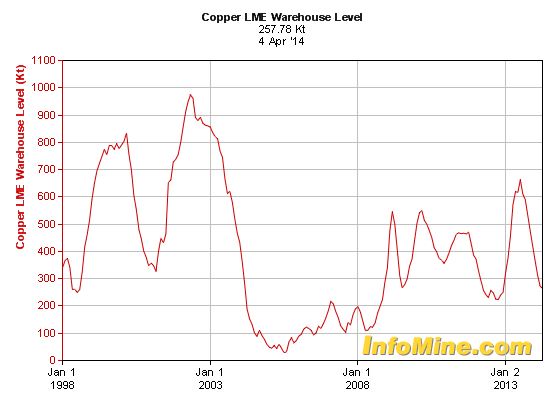Treasuries closed the week returning 1.02% as measured by the S&P/BGCantor Current 10 Year U.S. Treasury Bond Index. Last week’s return was the strongest weekly return since the flight to safety trade driven by Ukraine / Russia news from the week of March 14th, which remains the largest weekly gain for the year.
This week started with a hop in Retail Sales, as reported numbers were stronger than expected and are at levels that have not been seen since September, 2012. Treasuries sold off moving the 10-year yield to a 2.64%, up from its Friday close of 2.62%. Tomorrow’s March CPI number (0.1% expected) along with Housing Starts (975K expected), Jobless (315k expected) and the end of the week Philadelphia Fed Outlook, all have the potential to move the indices.
Away from domestic economic measures, $18 billion of the 5-year TIPS will be auctioned by the Treasury on the 17th. The week has the potential to be quiet heading into the Easter Holiday, though global politics and the evolving Ukraine situation can affect the directions of markets at any time.
This week’s new issuance in investment grade debt continues at a healthy pace, the majority of new paper focuses around 3 and 5-year maturities, but there were some longer maturity deals such as $500 million Gerdau 7.25% 30-years. The S&P U.S. Issued Investment Grade Corporate Bond Index returned 0.8% for the week and is just under about 1% (0.98%) for the month. Year-to-date investment grade corporates are returning 3.90%.
The S&P U.S. Issued High Yield Corporate Bond Index is returning 0.23% for the month while year-to-date peaking at a 3.34% before dropping slightly to close the week at 3.2% YTD. A number of ratings changes occurred through-out the week as rating agencies evaluate credit valuations. One such familiar issuer was Alcoa who rating was cut from BBB- to BB+ by Fitch on the 11th. These bonds are already in the S&P U.S. Issued High Yield Corporate Bond Index because of their Moody’s rating of Ba1 and account for less than 1% of the index’s market value.
The pace of loan issuance slowed up a little this past week as issuers dealt with existing calendar deals that have been in the works. The digestion of recent aggressively structured and priced deals has the S&P/LSTA U.S. Leveraged Loan 100 Index giving up ground for the week returning -0.10%. Month-to-date this index is down -0.3% and the yearly return has hovered just at or under 1% since the middle of March.
Source: S&P Dow Jones Indices, Data as of 4/11/2014, Leveraged Loan data as of 4/13/2014.
The posts on this blog are opinions, not advice. Please read our Disclaimers.










































